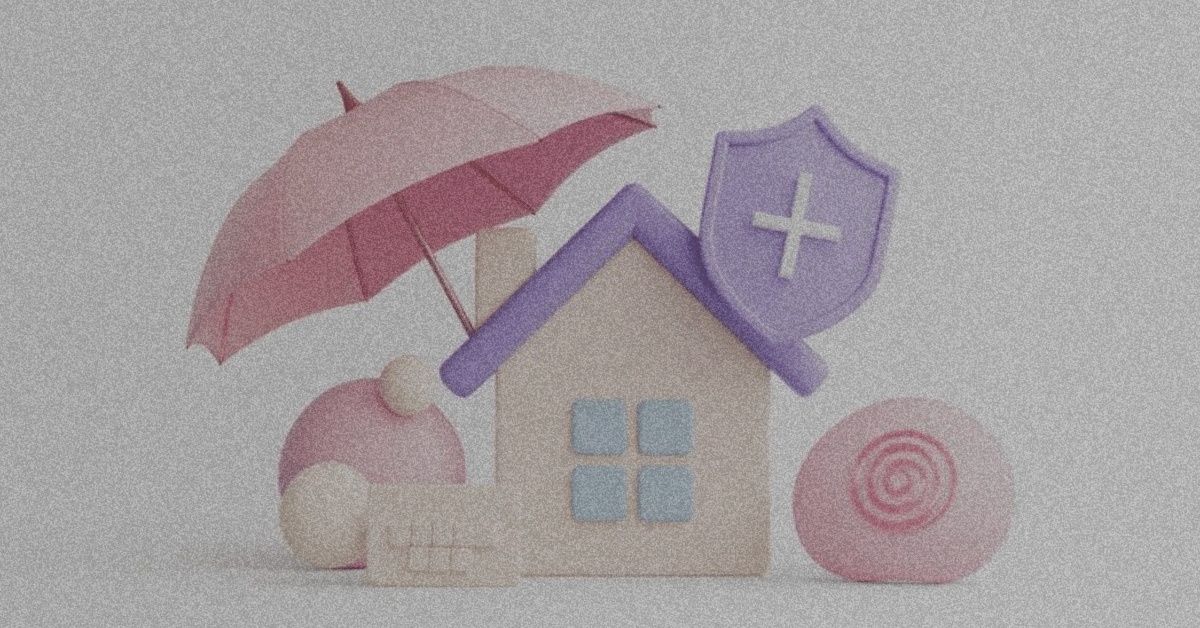
What Type of Insurance Do You Actually Need in Your 20s, 30s, 40s? A No-BS Guide
Insurance: the one topic everyone avoids until something goes terribly wrong.
But the truth is, insurance is one of the most underrated tools for protecting your money—especially as your life, career, and responsibilities evolve.
If you’re wondering, “Do I really need all this coverage?” or “What’s actually worth paying for at my age?”, this guide is for you.
Let’s break down exactly what insurance you actually need in your 20s, 30s, and 40s — without the jargon, upselling, or scare tactics.

In Your 20s: Protecting the Basics (and Your Future Self)
Your 20s are usually filled with new beginnings: first jobs, first apartments, maybe even student loan debt. Here’s what you really need:
1. Health Insurance (non-negotiable)
Even if you’re young and healthy, one ER visit could wipe out your savings. Get a plan, even if it’s high-deductible. If you’re under 26, you might still be covered under a parent’s plan.
Tip: If your employer offers coverage, take it. If not, check the marketplace for low-cost options or look into Medicaid if you qualify.
2. Renter’s Insurance
If you’re renting, this is a must. It covers your stuff (laptop, clothes, furniture) from things like fire, theft, or water damage.
Cost: Around $10–$15/month — and totally worth it.
3. Auto Insurance (if you own a car)
Not just legally required in most states — it protects you from major financial loss. If your car isn’t worth much, consider dropping comprehensive and collision to save money.
4. Term Life Insurance (if others rely on you financially)
If you’re married, have a kid, or are financially supporting someone, get cheap term life insurance. You can lock in low rates while you’re still young and healthy.
Bonus: Consider getting disability insurance if you work a job where missing income would wreck you financially.
In Your 30s: Covering Your Growing Life
By now, you may have a house, a spouse, kids, or a growing career. That means your financial footprint is bigger — and your insurance coverage should be, too.
1. Health Insurance (still non-negotiable)
This is still your most important coverage. Make sure your plan suits your family size, chronic health needs, and financial goals.
2. Life Insurance (especially if you have kids)
If anyone relies on your income — spouse, kids, parents — this is essential. Get term life insurance (10–30 years) with a payout that covers:
- Your income x 10 years
- Mortgage or major debts
- Kids’ education
Avoid whole life unless you fully understand what you’re getting into.
3. Homeowners or Renter’s Insurance
If you own a home, you’re already required to carry homeowners insurance. But don’t skimp — ensure it covers:
- Replacement value (not just market value)
- Liability (in case someone gets hurt on your property)
Still renting? Then renter’s insurance still applies.
4. Disability Insurance
You’re in your peak earning years. One accident or illness could wipe out your ability to work. Short-term and long-term disability coverage can replace 50–70% of your income.
Tip: Check if your employer offers it. If not, get a personal policy.
5. Umbrella Insurance (optional but smart)
If you have assets worth protecting — like a home or high income — an umbrella policy adds extra liability coverage in case someone sues you. It’s surprisingly affordable.
In Your 40s: Protecting What You’ve Built
By now, you’ve likely built up more assets, increased your income, and maybe started thinking about retirement. Here’s what to keep on your radar:
1. Health Insurance (customize for your needs)
In your 40s, preventive care and specialist access become more important. Prioritize a plan with solid coverage for tests, screenings, and any known health conditions.
2. Life Insurance (evaluate and adjust)
If your kids are older and the mortgage is mostly paid off, you might be able to reduce coverage.
If not, keep your term policy active or renew before it expires — it’s harder (and more expensive) to get coverage after 50.
3. Long-Term Disability Insurance
Still vital in your 40s. In fact, you’re more likely to become disabled than to die during these years. Don’t skip it.
4. Long-Term Care Insurance (start thinking about it)
Long-term care (like nursing homes or assisted living) is expensive, and not covered by regular health insurance.
Buying coverage now — while you’re still healthy — can lock in better rates.
5. Auto and Home Insurance (keep updating)
You might qualify for better rates with age and credit improvements.
Also: consider increasing liability coverage or bundling policies for discounts.
Quick Summary: What You Need by Age Group
| Age Group | Must-Have Insurance | Nice-to-Have (Optional) |
|---|---|---|
| 20s | Health, Renter’s, Auto, Term Life (if needed) | Disability |
| 30s | Health, Life, Home/Renter’s, Disability | Umbrella |
| 40s | Health, Life (adjusted), Disability, Auto/Home | Long-Term Care, Umbrella |
Final Thoughts
Insurance should protect your people, paycheck, and property—not drain your wallet with stuff you don’t need.
The key is:
- Start with the basics early
- Adapt your coverage as life evolves
- Don’t buy every policy out there—just the ones that protect what matters
Insurance isn’t exciting. But neither is going bankrupt over a broken leg or losing your home to a lawsuit. So get smart, get covered, and keep it moving.
Leave a Reply